Here are 24 Spring Weeds to Eat
Spring’s edible weeds are ready to eat. But what is a weed? It’s not a new question but it bears repeating. Is a weed a problem plant, a nuisance plant? A plant that is not valued where it is growing? Usually. But in some notable cases, our weed is someone else’s food—or even someone else’s crop. A weed might be native to the region where it is treated with contempt (or herbicide), or introduced from another continent. Here are some of the useful, edible weeds that a temperate spring brings. Let’s call them greens, and vegetables. Because that is what they are. You may even want to cultivate some. Several are sold at farmers’ markets already.
Photography by Marie Viljoen.
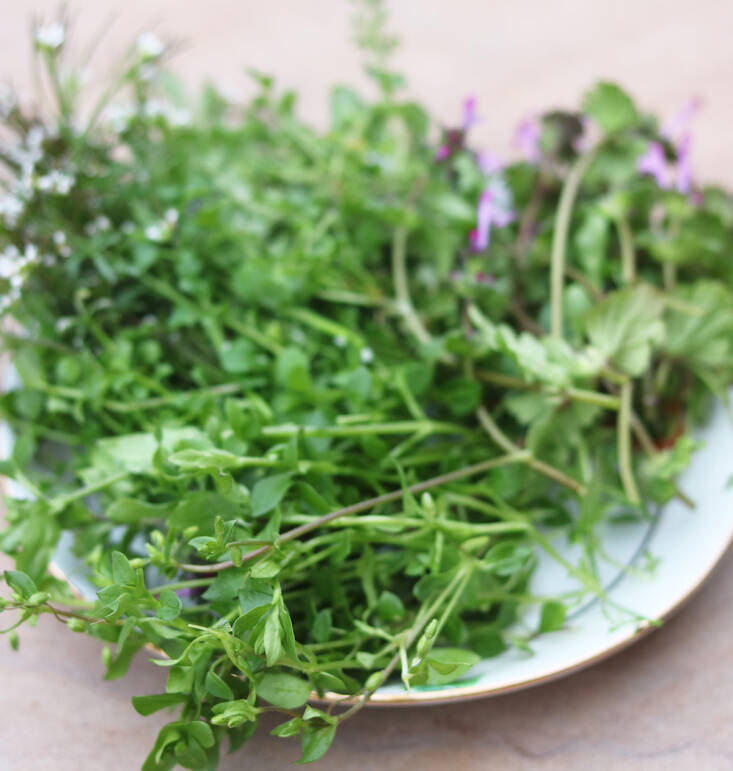
Broadly, our collective understanding of weeds is culturally biased, regardless of where we live. It is often shaped by corporate farming and agri-business, and the challenge of raising one crop where another plant is able to infiltrate, compete, and interfere. Enter herbicides and crop-seeds bred to be resistant to poison. And then, in some countries (and especially in the United States), there is the big, big business of lawns. Many lawn-keepers are offended by anything less than a 100 percent grass expanse. More herbicides. More runoff into overburdened waterways and into the ocean.
If we learn to appreciate a diversity of plants, some edible weeds shape-shift in our perceptions into desirable seasonal treats.
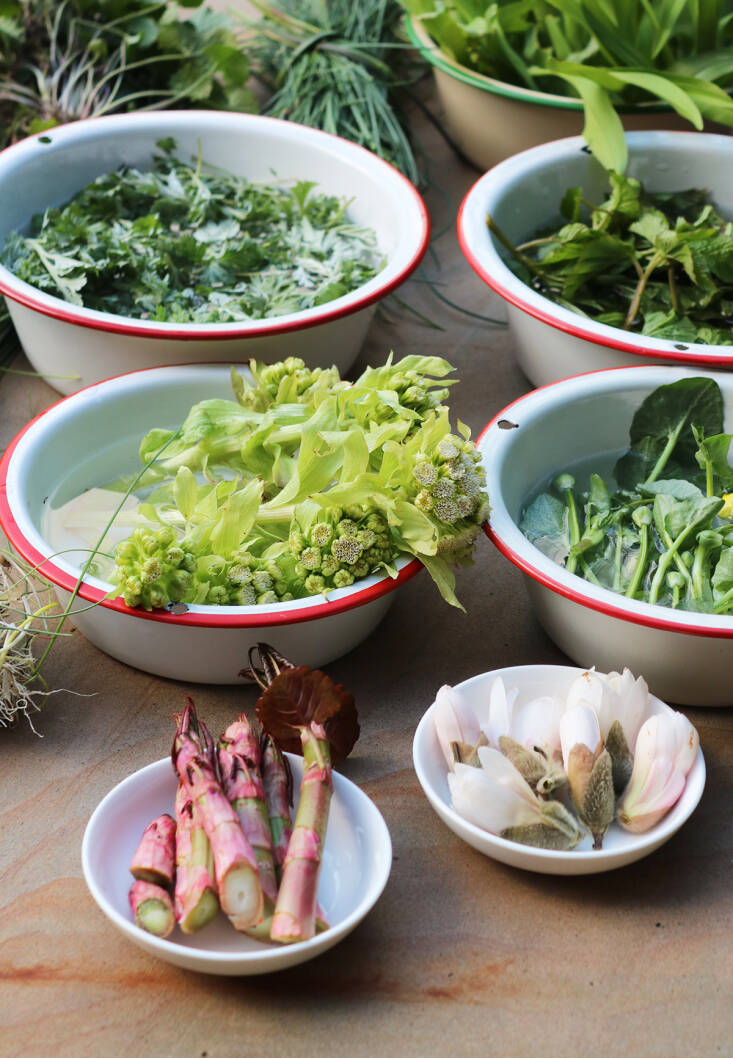
Not all edible weeds are innocuous. Some very invasive plants (lesser celandine, mugwort, and Japanese knotweed, for example) can and do alter habitats, negatively affecting not only the native plant community but the system to which those plants belong, from mammals through to soil microorganisms. If you live where they have been introduced, and are not native, do not plant them. By all means, harvest them at their tastiest peak—that is what horticulturists and land stewards call mechanical control. For foragers and seasonal eaters, it’s called looking for dinner.
We’ll be brief in our list of 24: It’s a who, when, where, what, and how. With some links to more in-depth information about some of our favorite weeds.
Bittercress
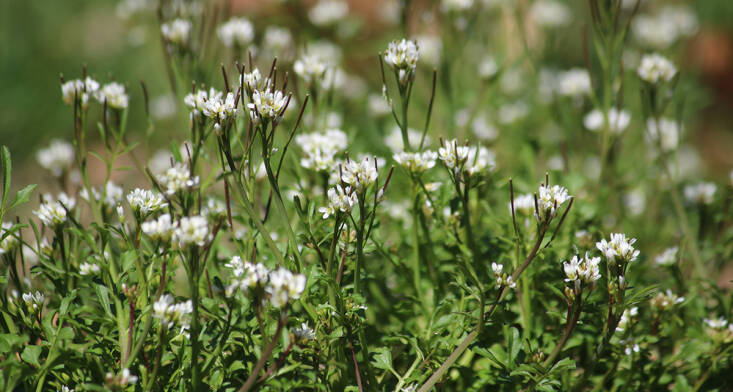
- Hairy bittercress is Cardamine hirsuta.
- Very early spring.
- Lawns, garden beds, fields.
- Eat its tiny leaves, stems and flowers, raw or cooked. They taste peppery.
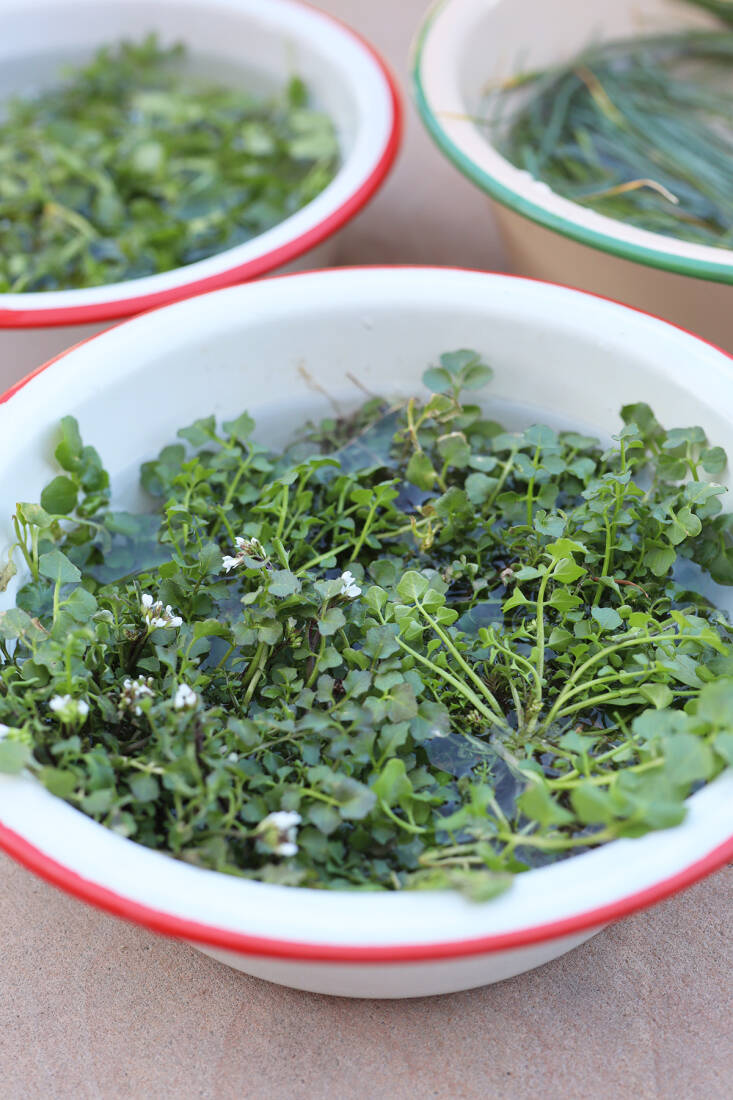
Butterbur
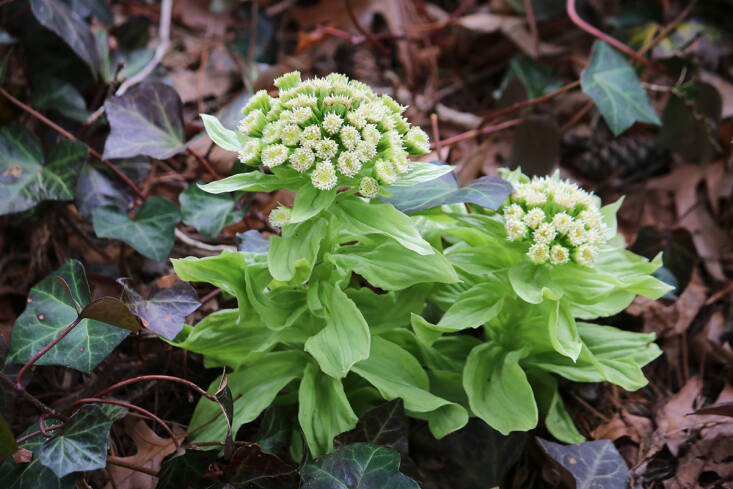
- Butterburs are both native and introduced, in North America. The invasive species are Petasites japonicus and P. hybridus.
- Early spring.
- Damp places.
- Butterbur buds taste like chrysanthemum greens. Do not eat raw: Boil before eating.






